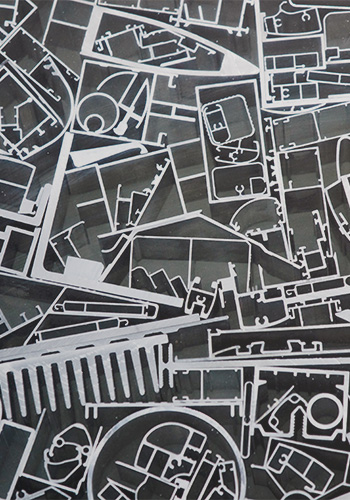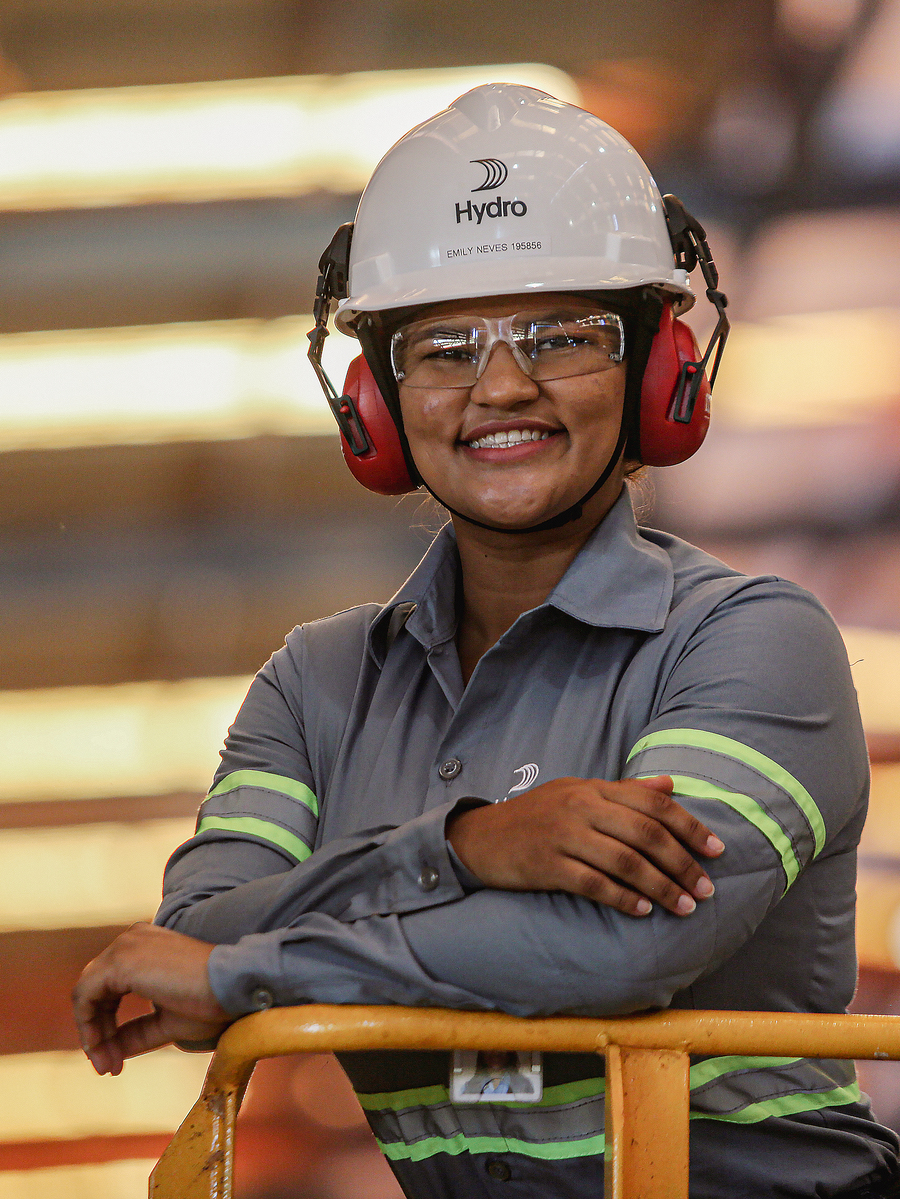
How is aluminium made?
Get the highlights on aluminium's journey from bauxite, through production, use and recycling.

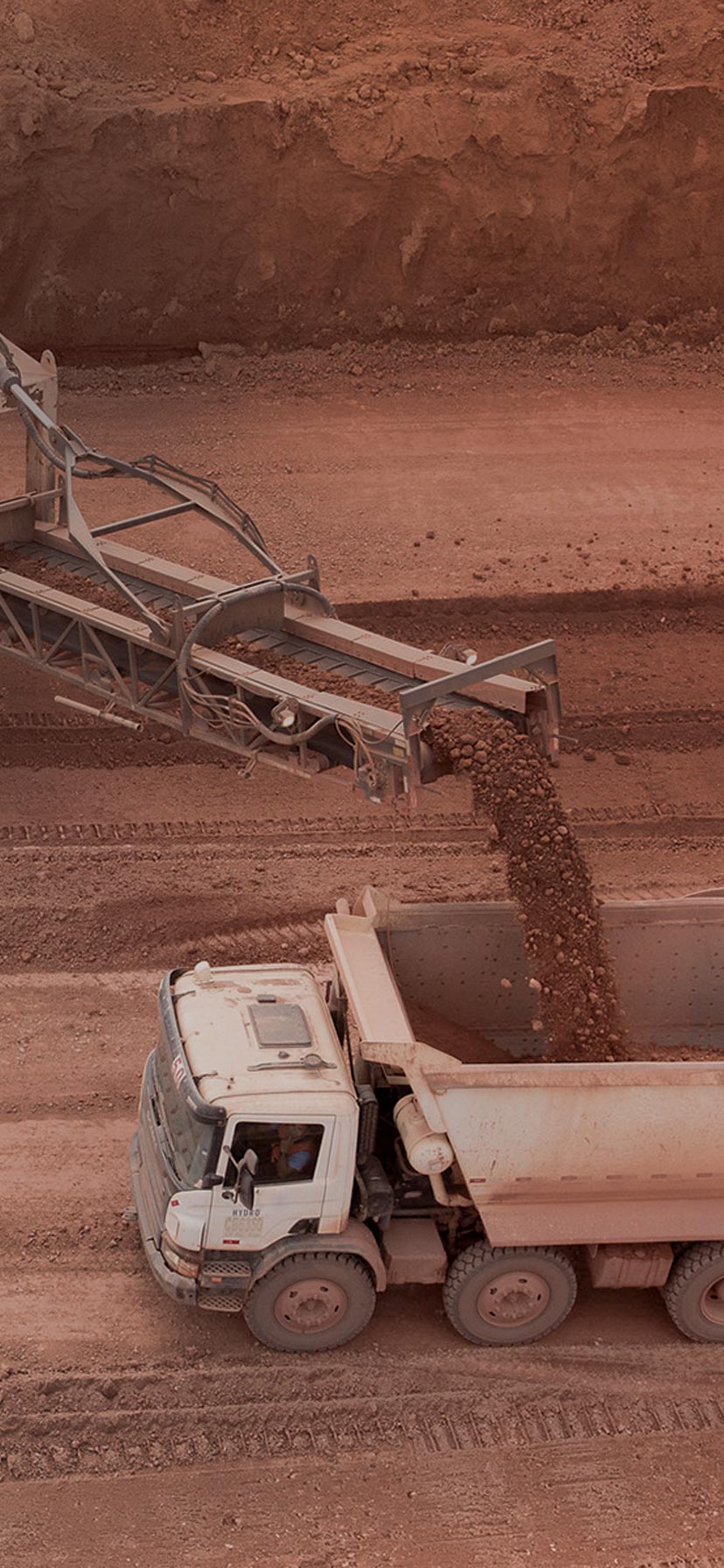
Raw material
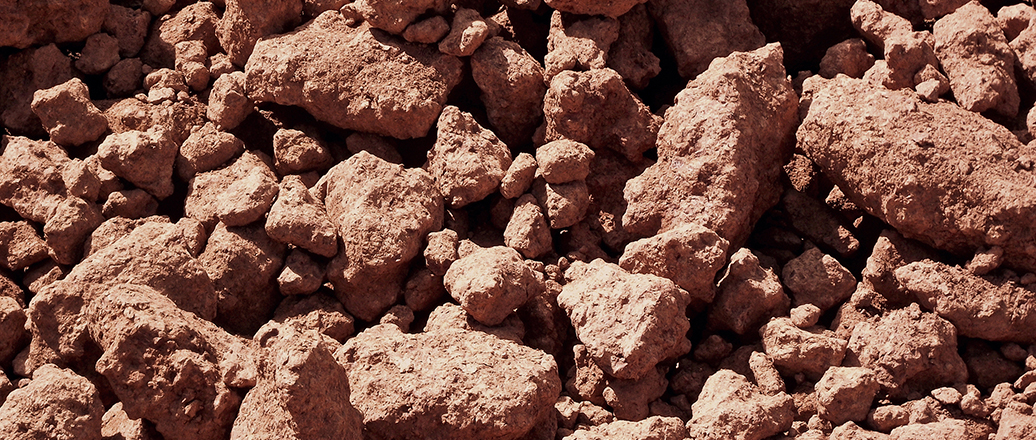
Bauxite
Aluminium production starts with the raw material bauxite, a clay like soil type found in a belt around the equator. The bauxite is mined from a few meters below the ground.
Bauxite grinder
The bauxite is then transported to plants where the clay is washed off and the bauxite passes through a grinder.
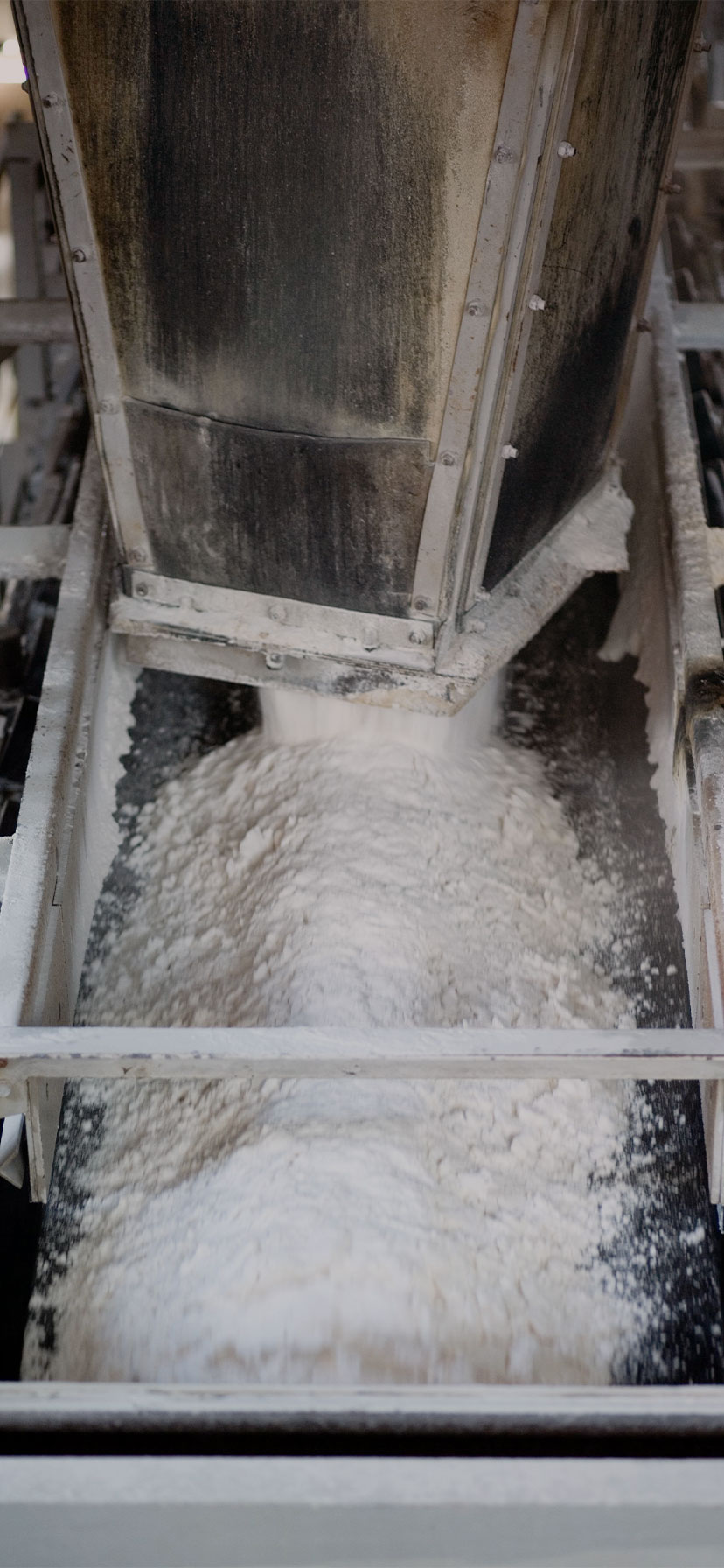
Alumina
Alumina, or aluminium oxide, is extracted from the bauxite through refining.
Refining process
Alumina is separated from the bauxite by using a hot solution of caustic soda and lime.
Pure alumina
The mixture is heated and filtered, and the remaining alumina is dried to a white powder.
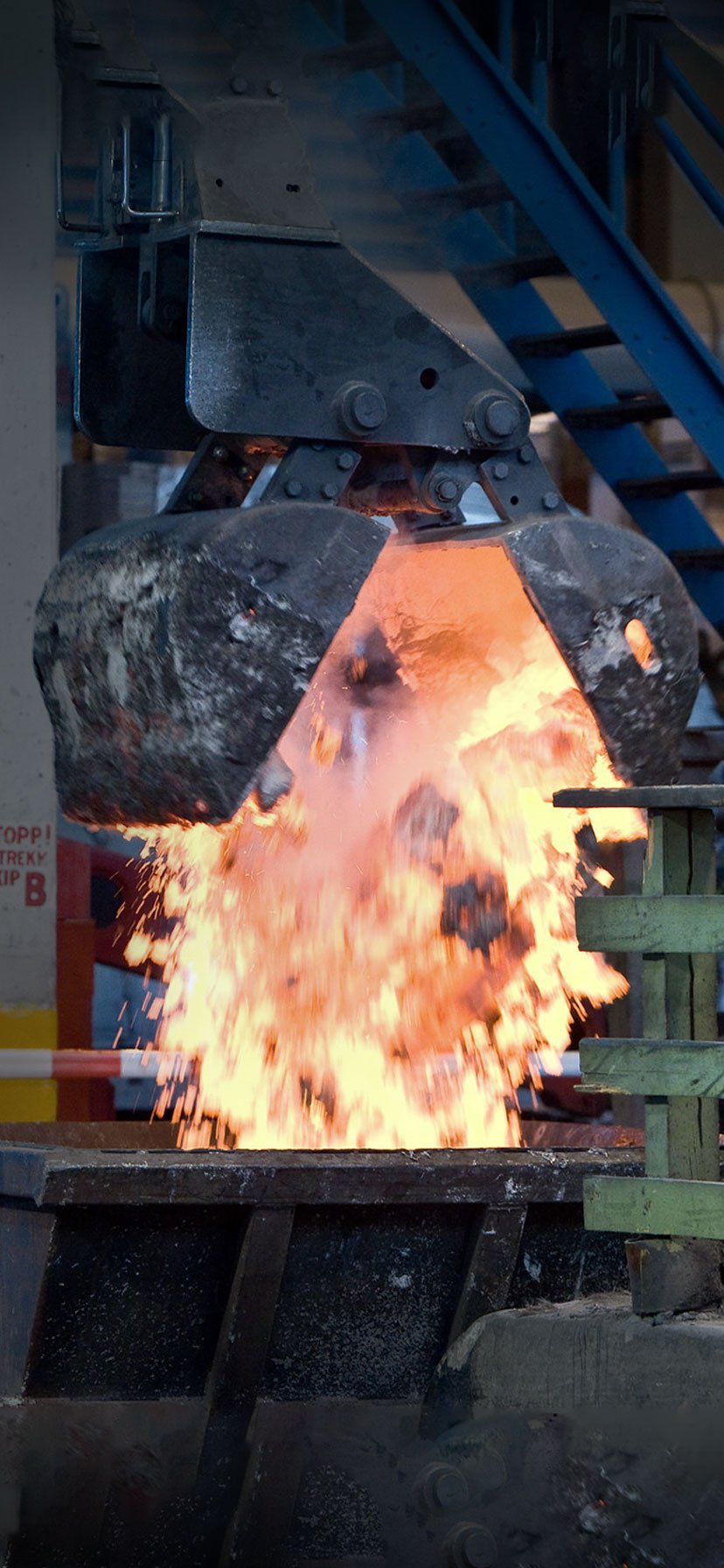
Processing

Refinement process
Next stop is the metal plant. Here, the refined alumina is transformed into aluminium.
Three different raw materials are needed to make aluminium, aluminium oxide, electricity and carbon.
Refinement process
Electricity is run between a negative cathode and a positive anode, both made of carbon. The anode reacts with the oxygen in the alumina and forms CO2.
Refinement process
The result is liquid aluminium, which can now be tapped from the cells.
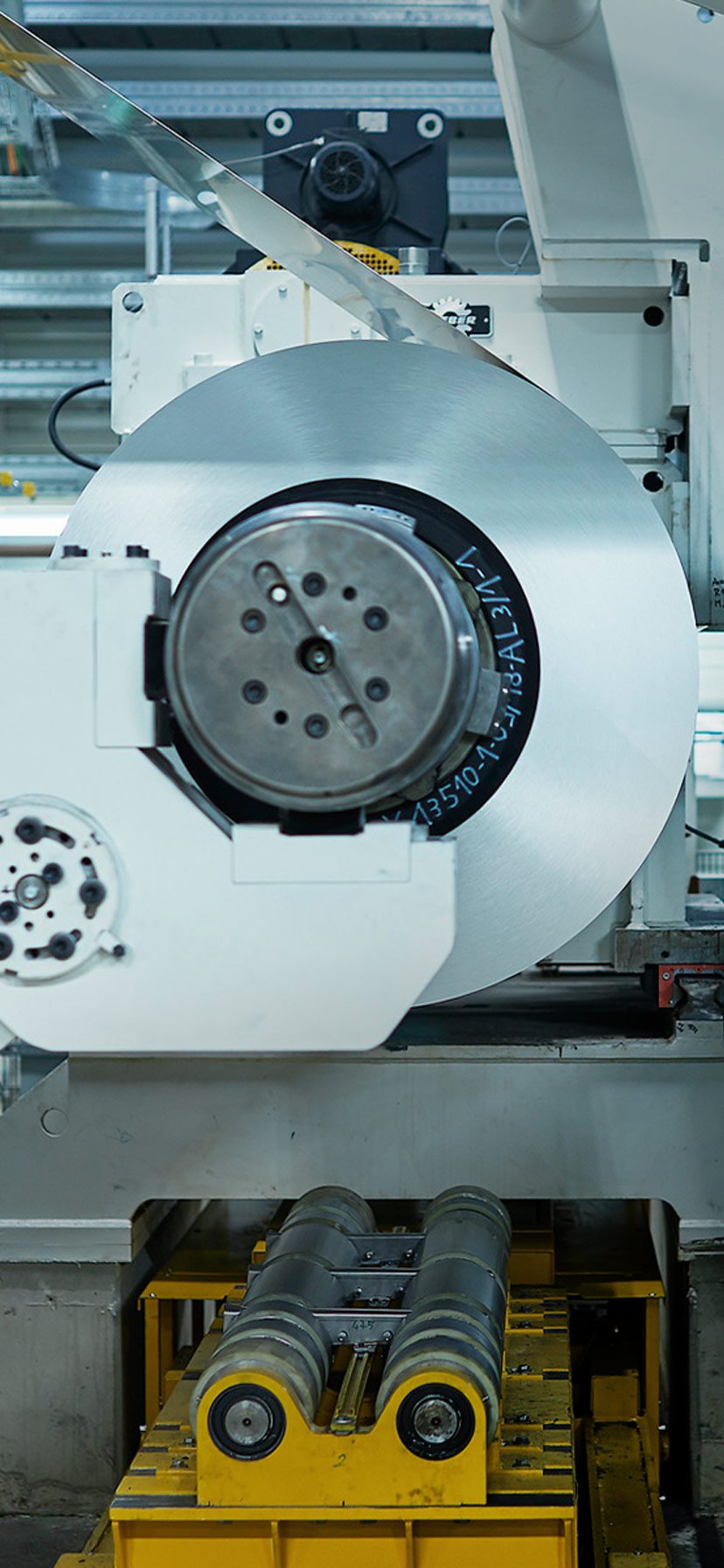
Products

Products
The liquid aluminium is cast into extrusion ingots, sheet ingots or foundry alloys, all depending on what it will be used for.
The aluminium is transformed into different products.
Extrusion
In the extrusion process, the aluminium ingot is heated and pressed through a shaped tool called a die.


The process
The extrusion technique has almost unlimited possibilities for design and offers countless application opportunities.
Rolling
Sheet ingots are used to make rolled products, such as plates, strip and foil.


The process
Aluminium is very ductile. Foil can be rolled from 60 cm to 2-6 mm, and final foil product can be as thin as 0.006 mm. It still will not let light, aroma or taste in or out.
Primary foundry alloys
Aluminium foundry alloys are cast in different shapes. The metal will be remelted again and made into, for example, wheel rims or other car parts.


The process
The content in foundry alloys can be customized to fit their further use.

Recycling

Recycling
Recycling scrap aluminium requires only 5 percent of the energy used to make new aluminium.
Recycling
Aluminium can be recycled over and over again with 100 percent efficiency. In other words, none of aluminiums natural qualities are lost in the recycling process.


Recycling
The recycled product may be the same as the original product, or it can become something completely different. Aircraft, automobiles, bicycles, boats, computers, household appliances, wire and cans are all sources for recycling.

What can aluminium do for you?
We offer a wide range of aluminium products and solutions. Find your product or contact us to discuss your aluminium project with our experts.
